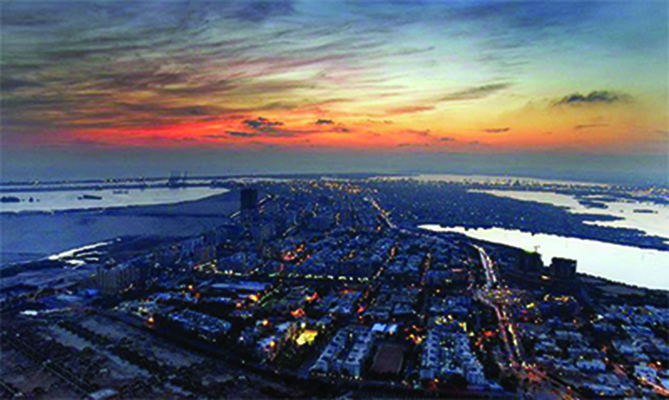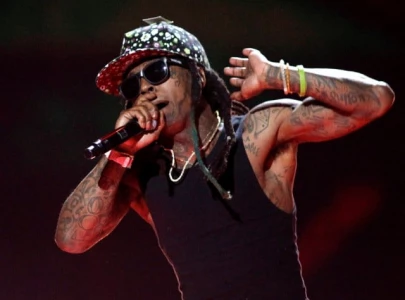
The economy is treading its path in the recovery phase. It has started to experience challenges on the external front.
Although there is a slight uptick in the statistics of exports, imports have outpaced exports by a great margin. Provisional statistics of August 2021 shows that trade deficit has crossed the $4 billion mark, which is quite unprecedented.
Remittances have almost remained at the level of last year. In order to maintain the current trend of remittances, the government has already announced incentives as there is expectation of a slight decline.
In addition, the Roshan Digital Account (RDA) is gradually getting capital from overseas Pakistanis. Critics are of the opinion that the dollar return is very high as compared to other options available to the overseas Pakistanis. That is the reason expatriates are gradually pouring money into the RDA.
The government has already taken commercial loans through Eurobonds. In addition, the International Monetary Fund (IMF) has extended $2.75 billion as a Special Drawing Right (SDR) allocation.
The State Bank of Pakistan (SBP) has not intervened in the inter-bank market to defend the rupee. All these factors have contributed to an all-time high foreign exchange reserves of $20.15 billion.
Despite the fact that Pakistan has record high foreign exchange reserves, the inflation situation is tricky. The headline inflation is around 8.5%, which provides an opportunity to policymakers to justify their position.
Core inflation is in a range which justifies the current policy rate. It also shows that demand pressure is modest in the economy.
The Sensitive Price Indicator (SPI) has been in double digits for the last couple of years. It affects the poorest segment of the population. This segment has been facing acute economic challenges and there are clamours sporadically.
Imported inflation has been on the rise since March 2021. This high inflation has made imported food items dearer. Therefore, cooking oil, pulses and tea prices have been on the uphill.
The economy is experiencing double-digit food inflation where demand for food surpasses its supply.
The imported inflation has started to hurt the construction sub-sector. Raw materials like cement, steel and paints have become very expensive.
Specifically, steel and cement prices have increased in the past one year. Now, the stakeholders have started to ask the government for concessions and relief.
In addition, the oil prices have increased and Pakistani economy is a net importer of oil. The government has not fully passed the impact of high international crude oil prices on to people in the last couple of months.
There is a slight increase in merchandise exports in the current financial year. Textile group constitutes around 62% of the total merchandise exports.
The growth in textile exports will increase the demand for food as the consumption basket for workers constitutes the maximum percentage of food items.
Food inflation will reduce the real wage of workers. Therefore, the real income of workers decreases and they will not be able to buy industrial products in adequate quantity. On this basis, the high food inflation will create supply bottlenecks.
In short, cautious optimism is the word associated with the current recovery. The SBP focuses on demand management by adjusting the policy rate while food inflation is controlled through administrative measures.
Under the emerging situation, the inflation growth requires adequate agricultural production in order to match the demand for and supply of food.
In the absence of required agricultural production, the economy will remain in slumpflation. Let us see what kind of steps the government takes to increase agricultural production.
The writer is the Assistant Professor of Economics at SDSB, Lahore University of Management Sciences (LUMS)
Published in The Express Tribune, September 6th, 2021.
Like Business on Facebook, follow @TribuneBiz on Twitter to stay informed and join in the conversation.
























COMMENTS
Comments are moderated and generally will be posted if they are on-topic and not abusive.
For more information, please see our Comments FAQ